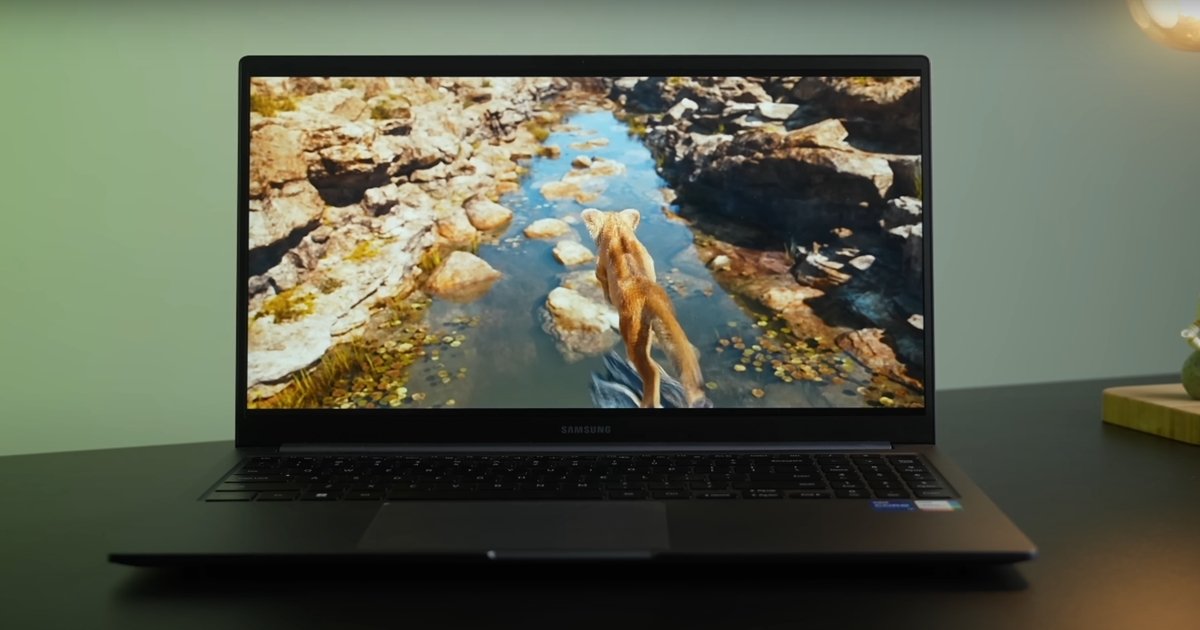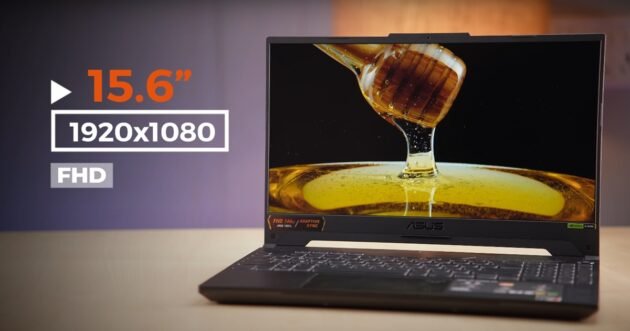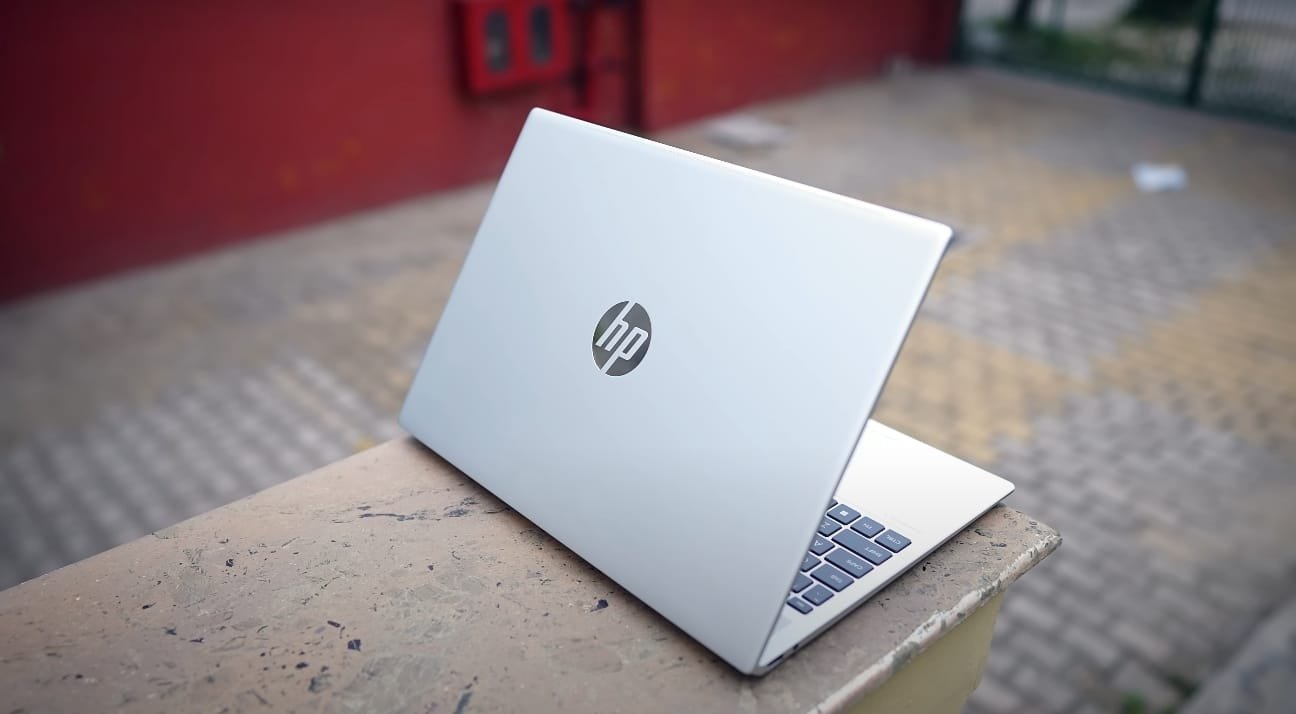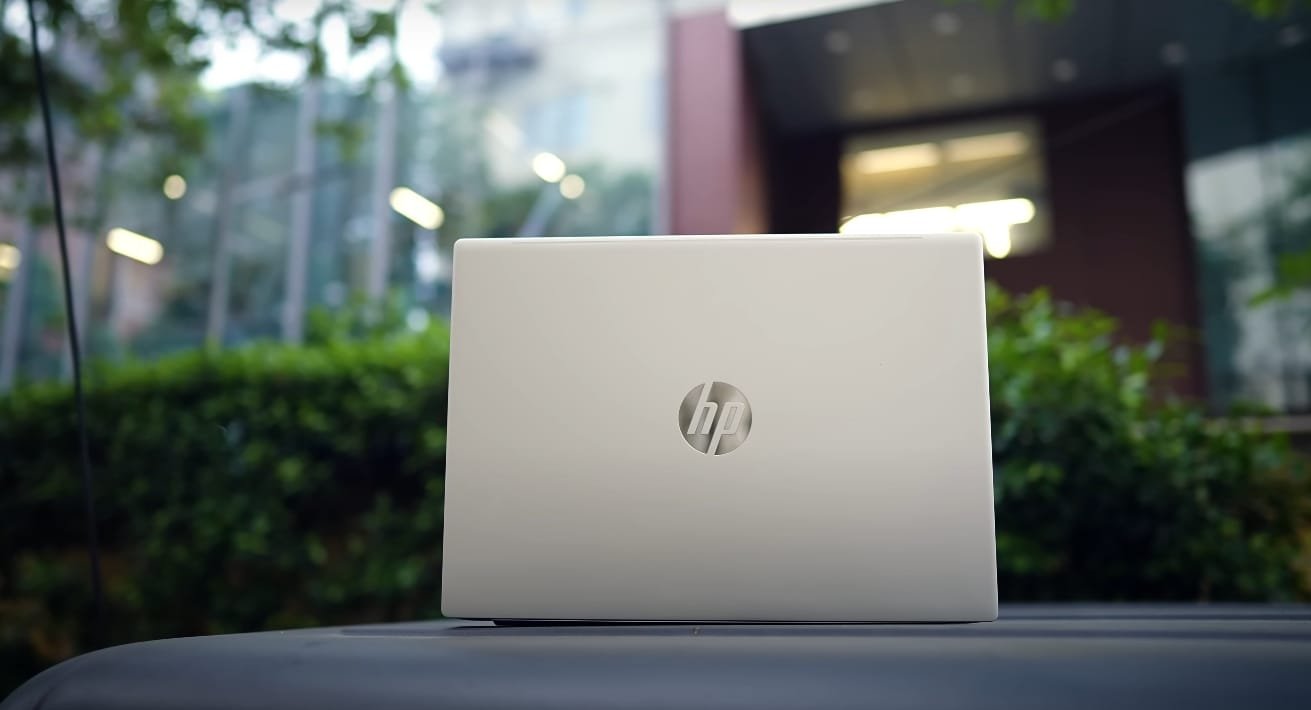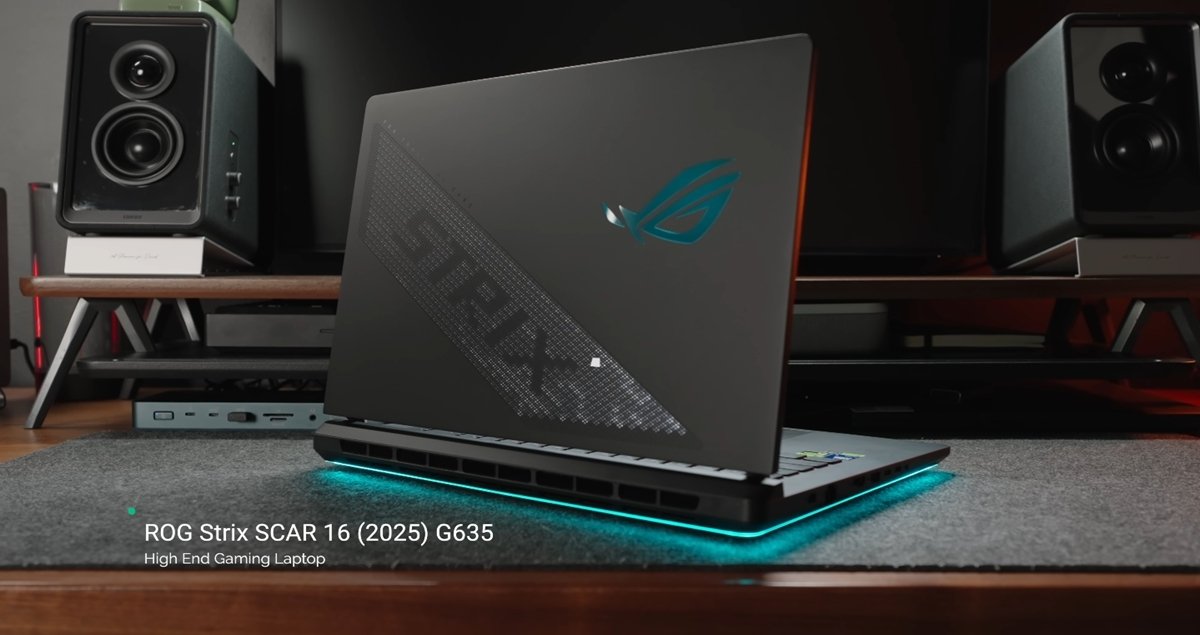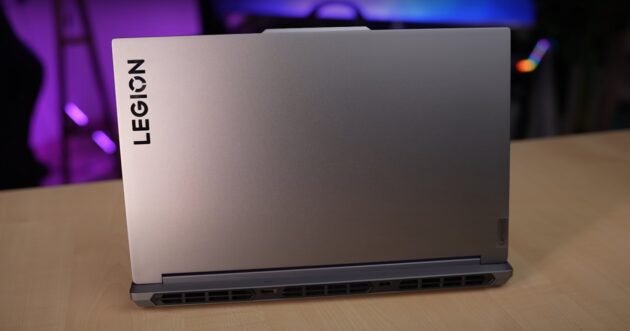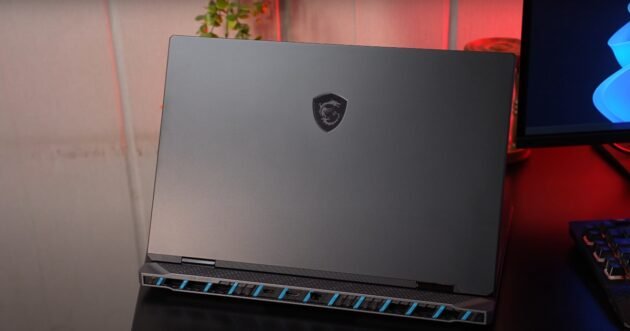Today I am going to do a mega comparison between the two most selling laptops under Rs.50,000 in India. The first laptop is Samsung’s Galaxy Book 4 and the second one is Asus vivobook 16.
And the best thing is that I have reviewed both the laptops in detail. So first, I will start with the processor.
In Samsung’s Galaxy Book 4
You get an i5 13th Gen 1335U series processor. And as you all know, the base TDP of the U series processor is 15W. And here we get to see a very good power efficiency. In Asus vivobook 16, we get to see an i5 12th Gen H class processor and the variant is 12500H. And in the H series processor, we get to see a very good performance as compared to the battery backup.
There are 10 cores and 12 threads. Rest, you will be able to see the base clock frequency and maximum turbo boost frequency of this i5 13th Gen processor. And the base TDP of the U series processor is 15W and according to the brand, it can configure up to 55W.
The graphics performance
Here you get to see a 45W base TDP and according to the brand, it can configure up to 90W. So in terms of CPU, i5 12th Gen 12500H is more powerful due to the 2 extra performance scores. In both the laptops, we get to see Intel Iris Xe graphics. But the frequency is the difference here. In 12500H, you get to see 12 cores and 16 threads. Out of the 12 cores, you get to see 4 performance cores and 8 efficient cores. And its maximum boost clock frequency and performance score is 4.5GHz. While in the i5 13th Gen U series, we get to see a maximum boost clock frequency of 4.6GHz on the i5 13th Gen U series processor.
In the Samsung Galaxy Book 4, we get to see the i5 13th Gen U series processor. So there, we get to see a graphics frequency of 1250MHz. That is the maximum frequency. While in the Asus VivoBook 16, where the i5 12th Gen H class processor is present, there, we get to see a graphics boost frequency of 1300MHz.
The overall graphics performance also depends on the RAM frequency. So next, let’s discuss the RAM part. In the Samsung Galaxy Book 4, we get to see a 16GB LPDDR4X 4267MHz dual channel onboard RAM. And in the SSD, there are 2 slots present. But I didn’t like the read and write speed of the SSD. The read speed was 3401Mbps and the write speed was 2144
Mbps.
Since it is an onboard RAM, it is not upgradable. But good thing, the frequency is quite high. While in the Asus VivoBook 16, we get to see a 16GB DDR4 3200MHz RAM. And out of the 16GB RAM, there is 8GB onboard RAM and 8GB swappable RAM. That means, you can remove the 8GB RAM and install up to 16GB RAM. So in total, this laptop supports up to 24GB RAM. So if I compare the RAM part, in the Samsung Galaxy Book 4, we get to see a 25% better frequency on the memory.
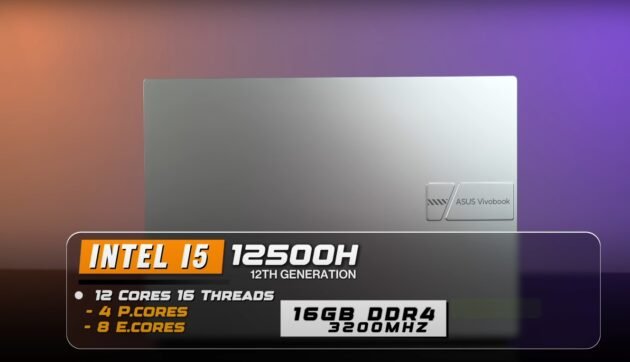
The read speed was 4614Mbps and the write speed was 1814Mbps. But note that, in the Asus VivoBook 16, there is no extra slot for the SSD. That is the Galaxy Book experience. That means, you have a lot of Samsung devices. So you can use the Galaxy Book ecosystem. You can also use your tablet as an external monitor. Because there is support for different softwares. Like Galaxy Accounts, Galaxy Gallery, Quick Share and Multi Control Utility.
So if you want to upgrade, you have to swap it. In terms of softwares, in both the laptops, we get to see the Windows 11 operating system. And Microsoft Office Home and Student Version 2021’s lifetime license is present. But in the Samsung laptop, we get a unique experience.
You will be able to judge the performance of the laptop
So starting from the Cinebench R23 benchmark, which tells us the performance of the CPU. In Samsung Galaxy Book 4’s i5-13th Gen 1335U, we get to see a single-core score of 1709. And the multi-core score is 8235. Whereas in Asus VivoBook 16 i5-12th Gen 12500H, we get to see a single-core score of 1690. And the multi-core score is 10104. So here you can see that in Asus VivoBook 16, we get to see 18% more CPU performance. Due to the two extra performance cores and H-class processor. Next, I am comparing the Geekbench 6 benchmark. But as far as the OpenCL score is concerned, which tells us the graphical performance, Samsung Galaxy Book 4 is winning because we get to see a better RAM frequency. That is 4267MHz.
If I check the 3DMark 10’s Time Spy score, we get to see a score of 1514 in Samsung Galaxy Book 4. And in Asus VivoBook 16, we get to see a score of 1308. So here again, we can see Samsung Galaxy Book 4 leading. And PCMark 10, which tells us the overall multitasking performance, we get to see a score of 5083 in Samsung Galaxy Book 4. And in Asus VivoBook 16, we get to see a score of 5462.
So here, Asus VivoBook 16 wins. Meaning, the performance of both are almost the same. There is not much of a difference. If I take out the concluded score of both CPU and graphics. Now let’s discuss some practical things.
Video editing on both laptops
You can easily do 4K 30FPS intermediate level video editing. That means if you want to edit vlogs, basic YouTube level video editing, it will be done. But if you are doing 3D transitions or motion graphics, then you won’t be able to do it here. You have to purchase the laptop with a dedicated graphics card. In both laptops, you can easily do graphic designing in Adobe Photoshop, Illustrator, and CorelDRAW.
That means if you want to do coding, or Android development, or web development, then I will recommend Asus VivoBook 16. Because we get to see better CPU performance there. And yes, other factors depend. On that basis, you have to take a decision. Like display quality, build quality, battery backup, and many more. So obviously, your coding work or Android development work, you will get a better experience in Asus VivoBook 16. Because there is an H-class processor. And yes, i5 13th Gen, 1335U is also not less powerful. You saw the benchmark yourself. Because it is 13th Gen, so there is a difference in clock frequency.
Look at the gaming test In both laptops
I played games like GTA V and Valorant. In Samsung Galaxy Book 4, I played GTA V in Full HD resolution and normal settings. I was able to see an average FPS of 50-60 easily. And in Samsung Galaxy Book 4, there is a U-series processor. So I was able to see a maximum temperature of around 70 degrees centigrade. And there was TDP, that means the power wattage, was going between a maximum of 22W to 24W. And I played the same game in Asus Yobook 16 in Full HD plus resolution. Note that there is a difference between Full HD and Full HD plus resolution. And here is the H-class processor, so the default settings are different for both. That’s why we were able to see a frame rate of around 40-42 FPS. And here the power wattage was also increasing.
The TDP was touching up to a maximum of 40W. And this is the H-class processor, so during the gameplay, we were able to see a high temperature of around 73-80 degrees. Now let’s talk about Valorant game, which is a CPU intensive game. So on the left side, there is a gameplay of Samsung Galaxy Book 4. And on the right side, there is a gameplay of Asus Yobook 16. So on the right side, you can see that in Asus Yobook 16, despite Full HD plus resolution, I was able to see an average FPS of 140. Although the temperature was going up to 81 degrees, but the gameplay was very smooth due to the H-class processor.
Let’s talk about the build and design.
Samsung Galaxy Book 4 and Asus Yobook 16, both the laptops come with a very sleek, minimal and professional look. But the difference is in the build quality. Samsung Galaxy Book 4 comes with a purely aluminum build up, whereas Asus Yobook 16 comes with a PC ABS build quality, that means the polycarbonate. And one thing I liked is that the finishing of Samsung Galaxy Book 4 is better as compared to Asus Yobook 16.
Especially when we work in the palm rest area, the experience is different as compared to the polycarbonate material. And in a single word, Samsung Galaxy Book 4 looks like an Apple MacBook Air M1. Samsung Galaxy Book 4 is very light, it weighs only 1.55 kg, whereas Asus Yobook 16 weighs 1.88 kg. That means Samsung Galaxy Book 4 is very light. And in terms of weight distribution, Samsung Galaxy Book 4 easily opens with one hand, whereas Asus Yobook 16 does not open with one hand. So we can see a clear difference here.
Also Read: HP OmniBook 5 Next Gen AI Leaks Reveal Exciting New Features
As wobbling is concerned, Asus Yobook 16 comes with a 16-inch form factor, so we can see a little bit of screen wobbling. But Galaxy Book 4 does not have any screen wobbling. And the inner design of both the laptops is very good. Asus Yobook 16 comes with a 16-inch form factor, so we can see a better viewing area. So it can be your personal choice whether you want 15.6-inch or 16-inch.
The weight distribution of aluminum build up laptops is very good as compared to PC ABS build quality. Now look, Galaxy Book 4 comes with aluminum build up, so the top lid flex and keyboard flex are very negligible. Whereas Asus Yobook 16 comes with PC ABS build quality, so the top lid flex and keyboard flex are negligible.
